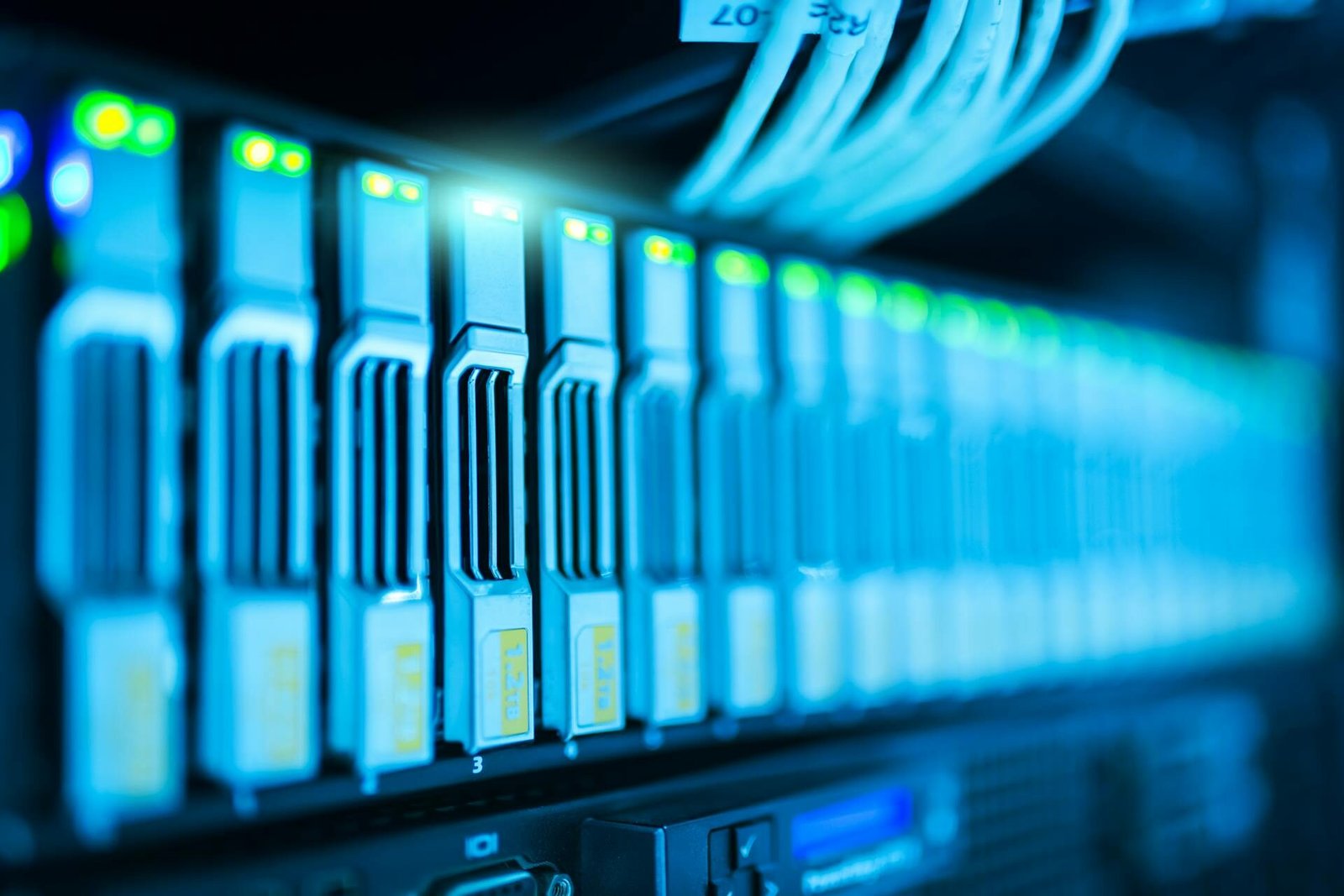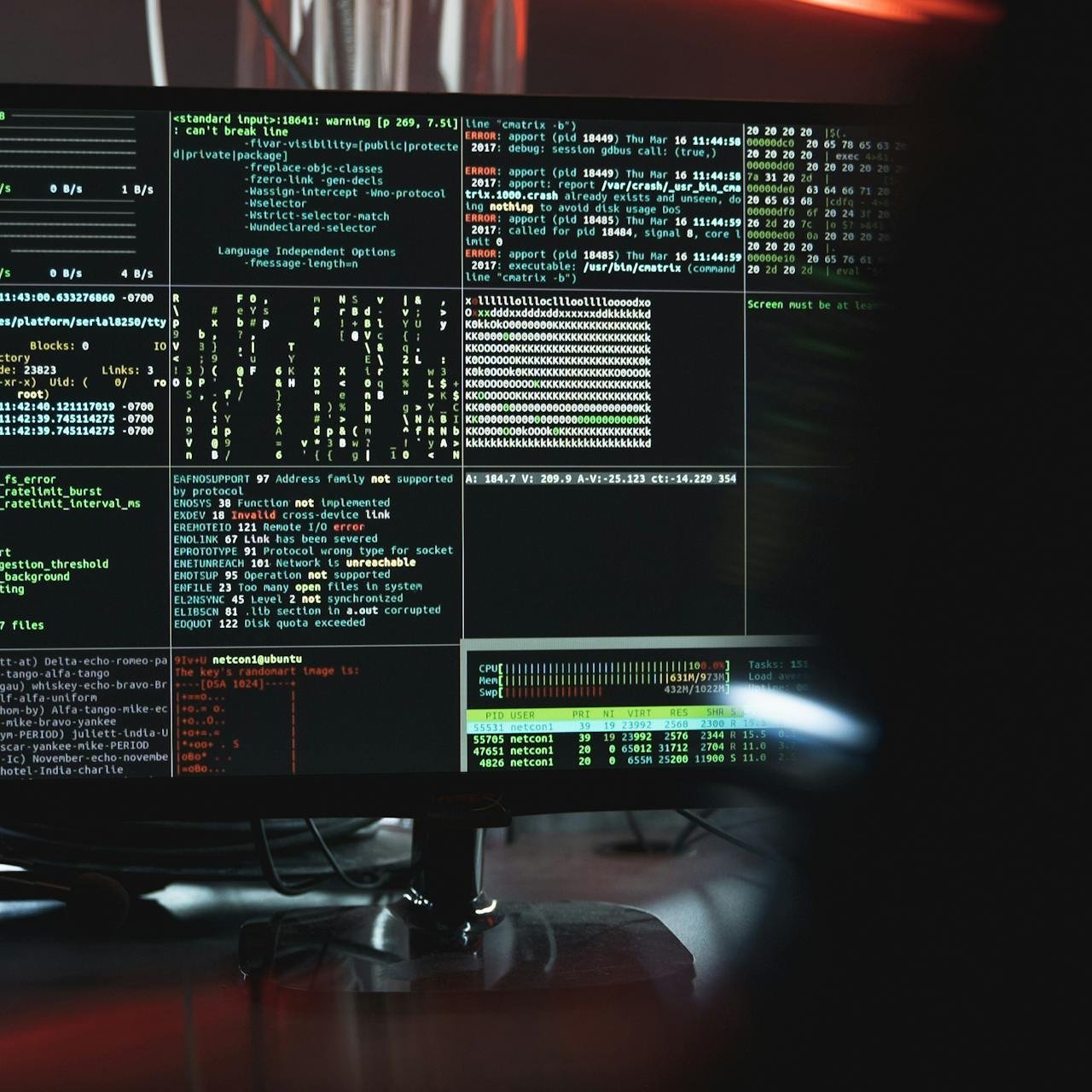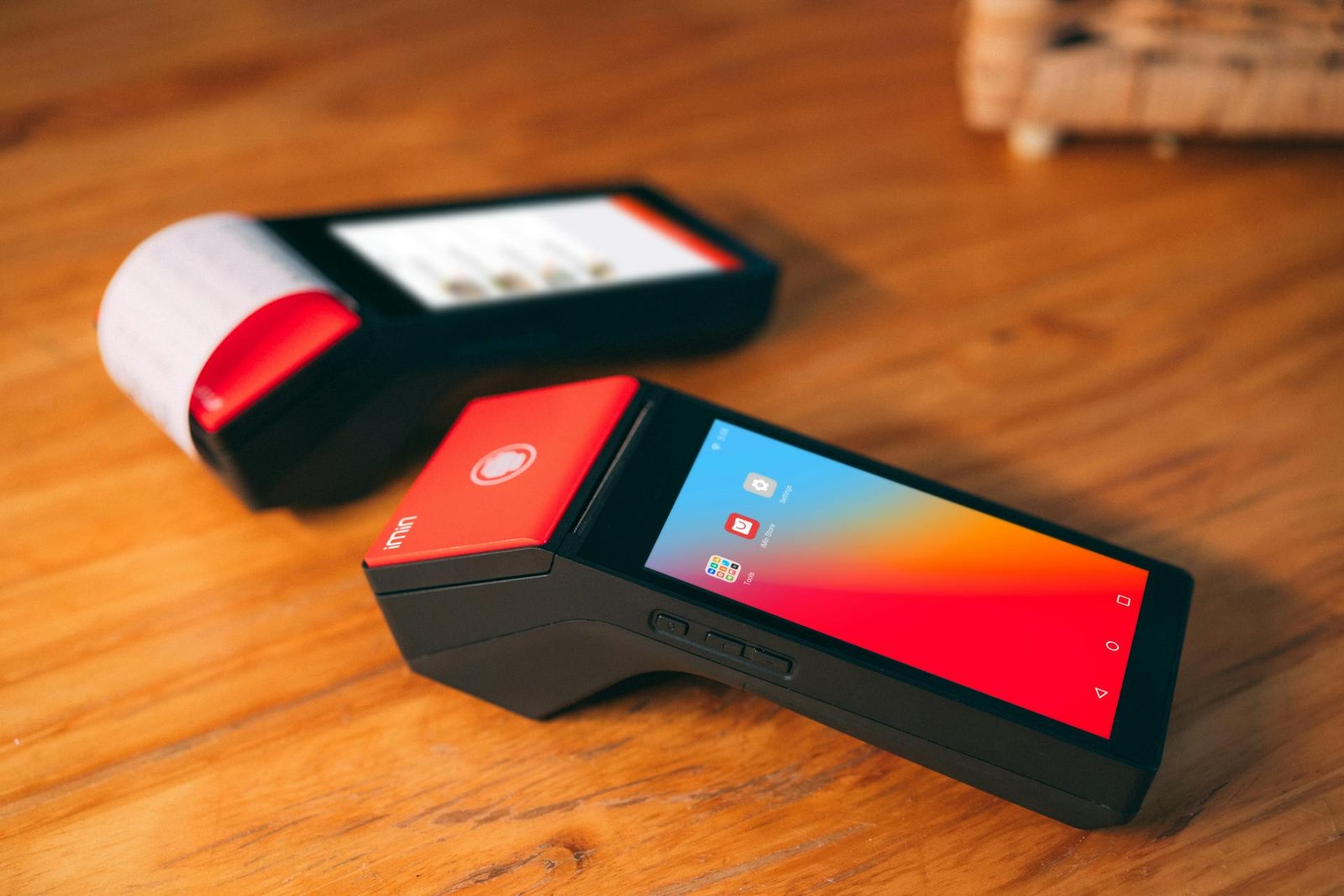As computing evolves, researchers are pushing the boundaries of what a computer can be made of. For decades, silicon has been the backbone of modern machines—etched into microchips, layered into circuits, and packed into every device we use. But what if we could build computers not from metal and wire, but from living cells? This idea isn’t science fiction anymore. Biocomputing, the practice of using biological materials to perform computational tasks, is opening up a bold new frontier—one where the building blocks of life might become the building blocks of machines.
The Basics of Biocomputing
At its core, biocomputing explores how biological systems can process information. This doesn’t mean plugging DNA into a laptop, but rather designing systems where biological materials like proteins, enzymes, or even whole cells perform tasks typically handled by silicon chips. Instead of circuits etched in metal, you have biochemical pathways. Instead of electrical signals, you have chemical reactions.
In this space, the key medium is often DNA. Scientists have discovered that DNA strands can be used to store data, perform logic operations, and even act as tiny controllers in a cell. Living cells themselves can also act as computational units, reacting to inputs from their environment and producing measurable outputs, like fluorescent light or a change in behavior. The entire process blurs the line between biology and computer science.
Why Use Living Cells?
At first glance, it might seem impractical to build computers out of biology. Cells are fragile, complex, and unpredictable. But they also have unique capabilities that traditional computers lack.
For one, living cells are excellent at parallel processing. A single cell contains thousands of molecular processes running simultaneously, handling inputs, adjusting to new stimuli, and modifying internal states. This kind of multitasking is incredibly difficult for traditional computers to replicate efficiently.
Second, cells can operate in environments where electronic devices fail. They can survive in liquid, navigate complex chemical environments, and interface directly with biological tissues. This makes them ideal for applications inside the human body—like smart drug delivery systems that activate only in the presence of certain disease markers.
Third, cells can evolve. While that might sound like a challenge, it also offers opportunities. Living systems can adapt and learn over time in ways that software and hardware currently cannot. A living computer could, in theory, reprogram itself based on new conditions.
Examples of Biocomputing in Action
Biocomputing isn’t just an academic exercise—it’s already being tested in labs around the world. One notable example is the use of DNA as a data storage medium. Because of its density and stability, DNA can store vast amounts of information in an incredibly small volume. Researchers have encoded entire books, images, and even software programs into strands of DNA.
In another case, scientists engineered bacteria to act like simple logic gates. By modifying their genetic code, these cells can respond to specific chemical inputs with a binary output—turning “on” or “off” gene expression based on a set of programmed rules. This mimics the logic used in traditional computing but carried out inside a living organism.
There are also synthetic biological circuits—networks of genes and proteins inside a cell that function like an analog computer. These circuits can be designed to sense changes in temperature, pH, or light and trigger a biological response, such as producing a therapeutic compound or changing the behavior of a tissue.
The Promise of Living Computers
The potential applications for biologically-based computing are vast. In medicine, living computers could revolutionize how we treat disease. Instead of taking pills or undergoing invasive procedures, patients could receive custom-engineered cells that detect and respond to illness in real time. These cells might circulate in the bloodstream, constantly monitoring for cancer cells or signs of infection and activating treatments precisely when needed.
In environmental science, living sensors could detect pollutants, toxins, or dangerous microbes with high sensitivity. A colony of engineered bacteria in a water supply could act as a distributed monitoring system, changing color when contamination is detected.
In agriculture, bio-computers might be integrated into plants or soil bacteria to optimize nutrient delivery, detect pests, or adjust to climate conditions automatically.
There are also theoretical uses in computing itself. Hybrid systems combining biological and electronic components could offer the best of both worlds—massive data storage in DNA form paired with the speed of traditional processors.
Challenges We Still Face
Despite the promise, building computers from living cells comes with serious hurdles. Biology is not as reliable or deterministic as electronics. Cells mutate, respond differently based on subtle environmental changes, and sometimes just die unexpectedly. Creating consistent, predictable performance is a major obstacle.
Another challenge is speed. Biological processes are much slower than electronic ones. A logic gate made of molecules might take minutes or hours to respond, compared to nanoseconds for a silicon chip.
There are also ethical concerns. When we use living cells as tools or machines, we need to address questions about safety, control, and responsibility. What happens if a living computer malfunctions? Could it evolve in unintended ways? Who is accountable for its behavior?
And finally, there’s the issue of integration. Living systems are incredibly complex, and interfacing them with conventional computing hardware remains a huge technical challenge.
Will Biocomputers Replace Traditional Ones?
Probably not—at least not in the traditional sense. Silicon-based computers are fast, reliable, and incredibly efficient for a wide range of applications. But biocomputers don’t need to replace them to be valuable. Instead, they offer new tools for specific problems that are difficult or impossible to solve with electronics alone.
We’re more likely to see biocomputers working alongside traditional ones, each playing to their strengths. A future medical lab might use electronic computers to analyze data from biocomputers made of engineered cells. An environmental monitoring system might combine machine learning with living sensors that collect data from nature in ways that digital devices can’t.
The Road Ahead
We are just at the beginning of understanding what living computers can do. The work is interdisciplinary by nature, requiring breakthroughs in biology, engineering, computer science, and ethics. As tools for genetic engineering improve, and as our understanding of biological systems deepens, the ability to build increasingly sophisticated biocomputers will accelerate.
What comes next could reshape everything from healthcare to environmental science to the very structure of computing. These systems won’t look like the computers we know today. They won’t boot up or have keyboards. But they will think, adapt, sense, and act—guided by the logic of life itself.
Conclusion
Using living cells to build computers challenges our basic understanding of both biology and technology. It opens the door to machines that can sense, grow, and even evolve—systems that work not only for us but within us. While there’s a long way to go before biocomputers become part of our everyday lives, their potential is too compelling to ignore. As researchers learn to program life itself, the lines between the biological and the digital will blur, and the next generation of computing may feel more alive than we ever imagined.








